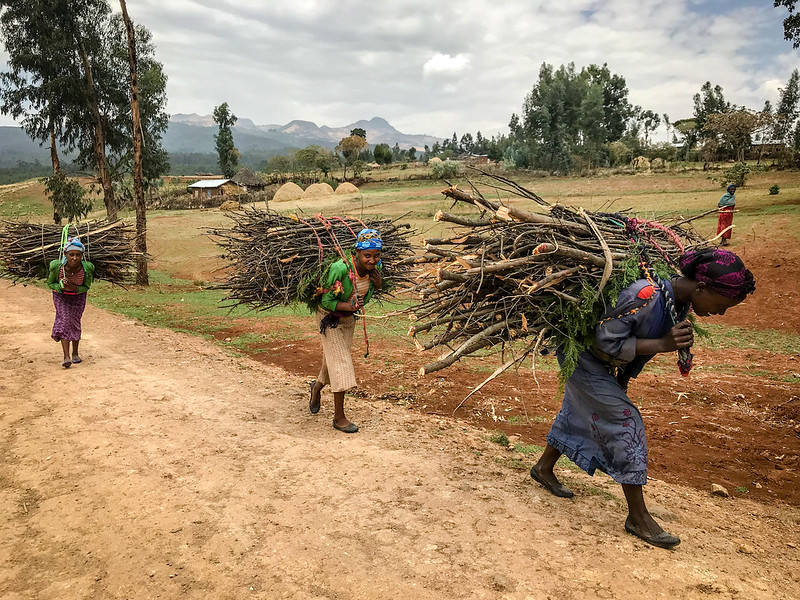Mismanagement of irrigation water and the ensuing secondary salinization are threatening the sustainability of irrigated agriculture especially in many dryland regions. The permanent raised-bed/furrow system, a water-wise conservation agriculture-based practice, is gaining importance for row- and high value-crops in irrigated agriculture. However, because of additional surface exposure and elevation, raised beds may be more prone to salt accumulation especially under shallow water table conditions. A field study was carried out in 2008 and 2009 in the Khorezm region, Central Asia, to investigate the effect of three furrow irrigation methods on salt dynamics of the soil and the performance of the cotton crop on the raised bed-furrow system. The irrigation methods compared included (i) Conventional furrow irrigation wherein every furrow was irrigated (EFI) at each irrigation event; (ii) Alternate skip furrow irrigation (ASFI where one of two neighbouring furrows were alternately irrigated during consecutive irrigations events; and (iii) Permanent skip furrow irrigation (PSFI) during which irrigation was permanently skipped in one of the two neighbouring furrows during all irrigation events. For salinity management with PSFI a ‘managed salt accumulation and effective leaching’ approach was pursued.
The EFI method increased salt accumulation on the top of the raised beds. In contrast, the PSFI method allowed an effective salt leaching from the top of the raised beds. After leaching, salinity on top of the beds under PSFI was reduced to
DOI:
https://doi.org/10.1016/j.agwat.2015.01.013
Altmetric score:
Dimensions Citation Count:






















